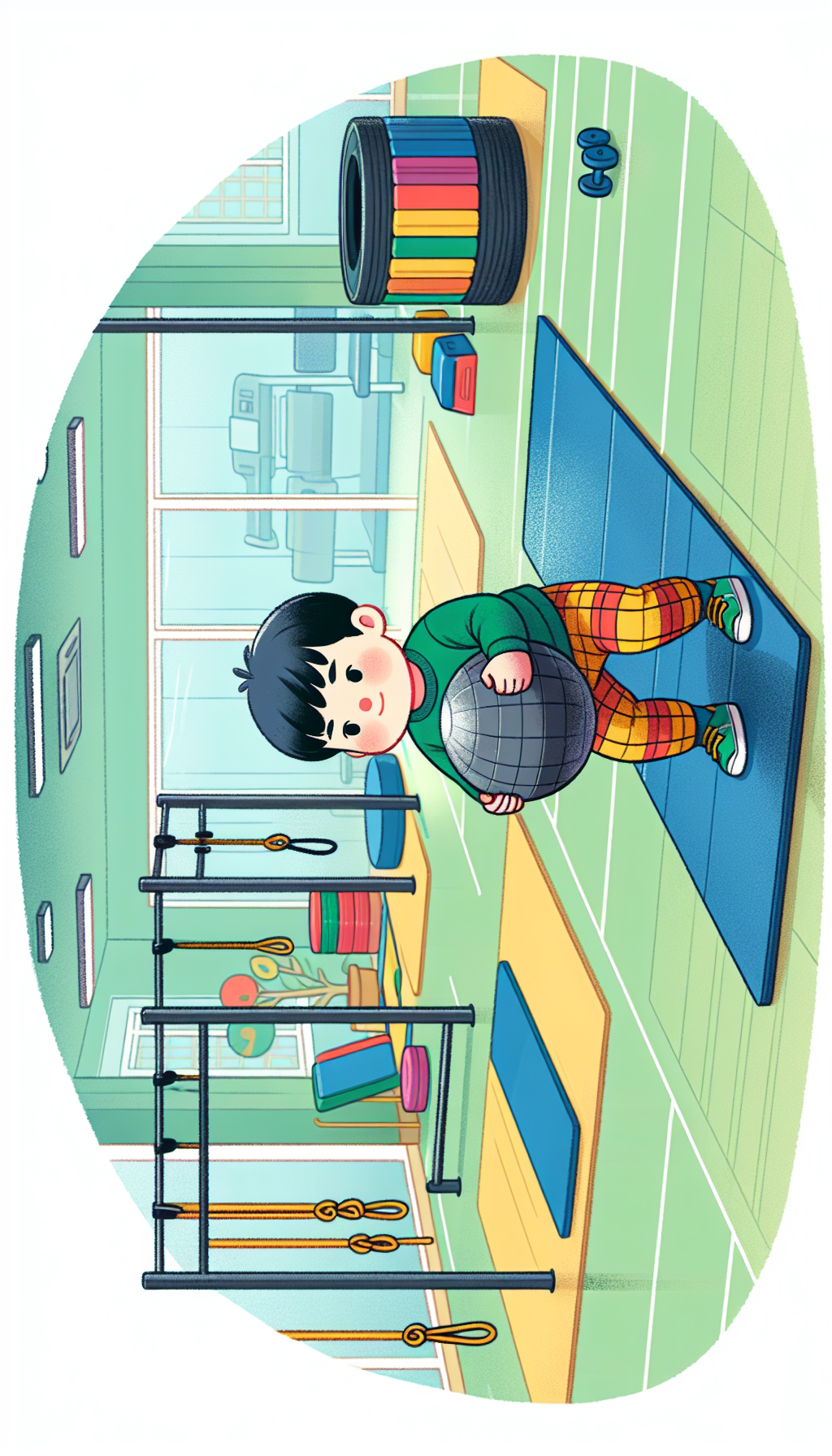Attention-Deficit/Hyperactivity Disorder (ADHD) is a neurodevelopmental disorder characterized by inattention, hyperactivity, and impulsivity, which can significantly affect a person’s daily activities and quality of life. Managing ADHD symptoms often involves a multifaceted approach, including medication, behavioral therapy, and lifestyle changes. One therapeutic strategy that has gained attention for its potential benefits is the use of sensory diets.
What is a Sensory Diet?
A sensory diet is a personalized activity plan designed to provide the sensory input a person needs to stay focused and organized throughout the day. Just like we need a balanced nutritional diet for our body’s health, we also need a variety of sensory experiences to maintain a balanced state of sensory integration. This approach is particularly beneficial for individuals with sensory processing issues, which often co-occur with ADHD.
Sensory diets are tailored to an individual’s specific sensory needs, which can vary widely. Some may seek certain types of sensory experiences, while others may be overly sensitive or avoidant. The activities in a sensory diet might include tactile stimulation, vestibular (movement) experiences, proprioceptive (body awareness) feedback, auditory input, and visual or olfactory stimulation.
Sensory Processing and ADHD
Children and adults with ADHD often experience sensory processing difficulties, which can exacerbate ADHD symptoms. They may be hypersensitive to sensory stimuli, leading to feelings of being overwhelmed in busy environments, or they might be hyposensitive and seek out excessive sensory experiences to satisfy their need for stimulation. Understanding the link between sensory processing and ADHD is crucial for developing effective management strategies.
For more on this, consider reading about Sensory Processing and Its Role in Behavior Management, which explores the connection between sensory experiences and behavioral responses.
Implementing a Sensory Diet
Designing and implementing a sensory diet requires a thorough assessment by an occupational therapist experienced in sensory integration. The process begins with identifying the individual’s sensory preferences, aversions, and the type of stimuli that can help them reach an optimal level of arousal for focus and learning.
Here are some components that might be included in a sensory diet for someone with ADHD:
Tactile Activities
- Fidget Tools: Using fidget spinners, stress balls, or textured materials can provide the necessary tactile input to improve concentration.
- Crafts: Activities like sculpting with clay or finger painting allow for creative expression and tactile exploration.
Vestibular and Proprioceptive Activities
- Exercise: Engaging in regular fitness activities can help regulate the nervous system.
- Heavy Work: Activities like carrying books, pushing a shopping cart, or using resistance bands can provide proprioceptive feedback.
Auditory and Visual Activities
- Music Therapy: Listening to calming or rhythmic music can help with mood regulation and focus.
- Visual Aids: Visual schedules or calming visual stimuli, such as lava lamps or slow-moving visual apps, can provide the necessary visual input for individuals who are either under- or over-responsive to visual stimuli.
A sensory diet also includes strategies for coping with sensory overload, such as wearing noise-canceling headphones in loud environments or having access to a quiet, dimly lit space when needed.
Benefits of Sensory Diets for ADHD
Sensory diets can offer several benefits for individuals with ADHD:
- Improved Focus: By providing the right kind of sensory input, a sensory diet can help individuals with ADHD maintain their attention on tasks.
- Reduced Hyperactivity: Engaging in regular movement activities can help dissipate excess energy, leading to decreased hyperactivity.
- Better Self-Regulation: Sensory diets promote self-awareness and self-regulation skills, enabling individuals to better manage their responses to sensory stimuli.
- Enhanced Learning: When sensory needs are met, individuals with ADHD can have an easier time learning and retaining information.
For further insight into the benefits of sensory experiences, the article on The Benefits of Sensory Walks for Cognitive Function is a valuable resource.
Evidence Supporting Sensory Diets
While research on sensory diets specifically for ADHD is still evolving, there is evidence suggesting that sensory integration activities can improve symptoms of ADHD. Studies have shown improvements in attention, reduction in restlessness, and better academic performance following sensory integration therapy.
External resources that support the implementation of sensory diets include:
- A study on the Effectiveness of Sensory Integration Interventions in children with ADHD.
- Research on Sensory Processing Issues in Children with ADHD highlights the prevalence and impact of sensory processing issues in this group.
- An exploration of Occupational Therapy Using a Sensory Integrative Approach for Children with Developmental Disabilities provides additional context for the role of sensory diets.
Challenges and Considerations
Implementing a sensory diet is not without its challenges. It requires a consistent and personalized approach, and what works for one individual may not work for another. Furthermore, it’s essential to monitor and adjust the sensory diet as needed, based on the individual’s responses and changing needs.
For more on addressing sensory issues, the article on Coping Strategies for Adults with Sensory Processing Disorder offers practical tips and insights.
Conclusion
Sensory diets can play a significant role in managing ADHD symptoms by providing structured sensory experiences tailored to an individual’s needs. While it is not a standalone treatment, when used in conjunction with other interventions, a sensory diet can help improve focus, decrease hyperactivity, and support overall functioning. It’s crucial for those considering a sensory diet to consult with a qualified occupational therapist to design a program that is safe, effective, and tailored to their unique sensory profile.



